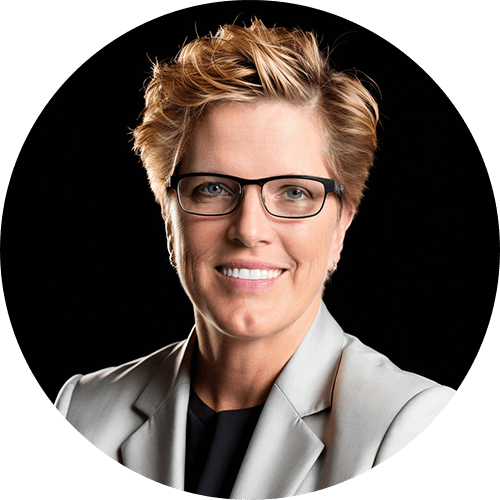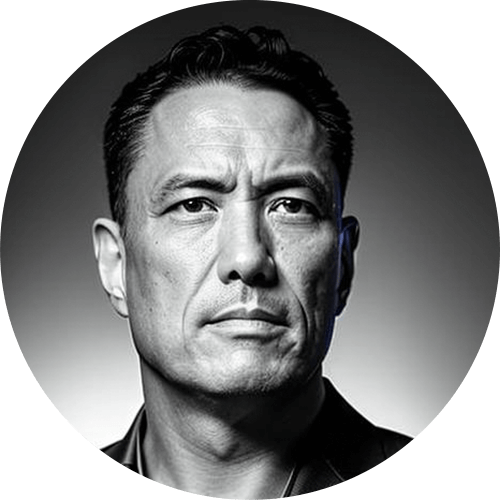Gamification is More than a Productivity Tool. It Tunes Organizational Change.
Vikram Subramaniam, VP Customer Experience at Elance-Odesk-Upwork, is a customer experience expert. We met with him to discuss his views of gamification and customer experience. Prior to Upwork, Vikram ran customer experience at Yahoo!. He also spent time in senior roles at Ebay, KPMG, and Netflix.
The three elements of customer experience
Q: Your career was both on the product and customer experience sides. Is there a connection?
A: Consumer companies are becoming experience companies. This is driven by three things: the marketing experience, the product experience, and then the service experience.
- The marketing experience is the promise and expectations made to the customer.
- The product experience is what gets delivered to the customer.
- The service experience is the actual relationship with the customer
As all three elements converge, customers have come to expect a cohesive experience, from marketing through product and service. Consumers expect each one of these things to be equally as good. It just won’t do to have a great product experience alongside a mediocre service experience. There is much more pressure on companies to be great on all three concurrently and right out of the gate.
Customer experience has changed in the past 10-15 years. In the past, customer service was about waiting for the customers to come to us. This isn’t the case any longer. Customer service needs to be where customers are. What that means is that customer service agents today have to be a lot more nimble, they have to be able to speak many different “languages” – across many different communication channels. And they have to be proactive.
This also means that the training that customer experience agents need to go through isn’t focused necessarily on how to solve the problem, but also on how to actually manage the customer.
Because you’re no longer dealing with the customer in a controlled fashion, you have to be able to adapt to them, adapt to their needs on any channel, but also, you need to be able to balance changing priorities in the market.
How to engage millennials at work: motivation and coaching
Q: How do you see the entry of millennials into the workforce?
A: Millennials are driven by positive reinforcement and a sense of fulfillment. It is a new kind of workforce. They want to be challenged every single day.
- Historically, customer service agents were given more negative reinforcement. This isn’t the case with millenials. This means that the role of the manager is less about getting millennials to do work and checking on how they do it. The manager should focus on motivating and coaching.
- The manager needs to set challenges but also give millennials the tools to be capable to beat them.
- Another important element is to give millennials a line of sight between what they are doing and what the outcome for the business is – they want to know how their actions impact the world around them.
I also believe that organizations expect their workforce to adapt quickly to changes in strategy and customer experience. This means that customer service agents need to have a framework which is enduring but with objectives that can be changed very quickly. So you need a set of rules, a set of mechanisms, a set of tools, which are already familiar to agents, and the ability to turn the dials in a particular direction, to get particular outcomes based on the strategy.
Using Gamification as a Dial for Tuning Performance
Q: Can you give an example?
A: At many customer service operations, like Yahoo! where I worked, the customer service population – the agent population – is largely made of millennials. In our case, they were distributed across nine countries in four continents, and we also needed the ability to simply drive changes in strategy. We needed to find a unifying mechanism by which the agents remain focused on the customer, but also remain focused on helping each other. Gamification played a huge part in this.
We wanted to move the agents’ focus away from the day to day mechanics of customer service process, to its actual outcome. We wanted to make sure that our agents had a real line of sight between what they did and the ultimate outcome which was making the customers happy.
Gamification was the perfect fit for this, because not only is it very outcome oriented, it also creates a tremendous amount of engagement. Everything that the agents were doing was really part of a game, whether they realized it or not.
Every time they answered someone’s question, they got points, every time they got a positive response on a CSAT survey, they got points, when they created content, they got points, when that content was used by the rest of the organization, they got even more points. The point is that each little thing was making customers happy.
And when strategies change, we just change the weightings on the games, so the outcome, what you needed to do to win, became different. So the underlying mechanics of what they were doing didn’t change, but what we did was change the outcomes for them. And that allowed us to start navigating through multiple strategies until we were able to settle on what was the best for the company overall.
One of the things that we did with gamification is, we didn’t really know the perfect balance between productivity and quality of service, but we kept changing some of the outcomes of the game, first we did it selectively then we did it more universally, so that we could experiment our way to the perfect middle ground.
Q: why did you choose gamification at Yahoo!?
A:. I had three challenges.
- First, I had a millennial workforce and I wanted a positive reinforcement mechanism for them.
- Second, I wanted to create a line of sight between what people did day to day and the real outcome.
- Third, I wanted to create a much easier way for people to learn, and to adapt to that, and to also collaborate.
So when I put all of these things together, and I was looking for a mechanism that I could use that would address these three areas, gamification emerged as an option.
Using Gamification to Accelerate Strategic Change
Q: Did actually using gamification change your views of the practice?
A: When we first started working with gamification, we thought that this would be a cool productivity tool or something to keep agents more engaged. We didn’t realize the flexibility gamification provided us.
After a while we wanted to make customer delight a priority. Instead of going through the whole top down strategic change in the organization, we found that all we had to do was just tweak the game a little bit. The outcomes began to change within a couple of weeks. I then understood we had this mechanism to create organizational change across thousands of people, and do so much faster than I had ever seen before.
Another important point is that the game itself became the performance management system. So what you did in the game had a direct influence on how our customers felt, had a direct influence on how you thought you were doing as an employee of the company.
The outcomes of using Gamification: a Performance Management Culture
Q: What were the outcomes of using gamification?
A: There were three major outcomes.
- People were a lot more productive without obsessively worrying about productivity
- We also experienced better customer interactions that came naturally and weren’t forced.
- We also saw a deeper outcome, the formation of culture of performance management. To give and receive feedback, you didn’t have to wait for a quarter or year to pass. The game generated feedback every single day, and people knew where they stood relative to everyone else in the organization.
Using Gamification Across Several Cultures and Continents
Q: What is your experience in using gamification across several countries and continents?
A: We launched gamification globally, but the underlying narrative, or the game, that people were playing, was changed based on the region. So for instance, in India we used Cricket as the underlying game that they were playing. In the US we used baseball. These things allowed people to kind of quickly relate to the game but the outcomes were similar across the regions. Regardless of where people played and what game they played, one thing was common: everyone wanted to win!
Q: How do you see gamification 5 or 10 years from now?
A: Five or ten years from now, gamification will just become the fabric of what we do. Gamification has existed in small ways before, but now it’s becoming enterprise class and being adopted in the enterprise in a much more enduring way. It is changing the nature of performance management, change how we think about managing people, and how people think about their own performance.
Engage and motivate your frontline teams
Improve performance with an AI-powered digital coach
Deliver world class CX with dynamic, actionable quality evaluations
Boost performance with personalized, actionable goals
Nurture employee success with the power of AI
Listen and respond to your frontline, continuously
Drive productivity with performance-driven learning that sticks
Drive agent efficiency, deliver client results
Keep tech teams motivated and proficient on products and services while exceeding targets
Maintain compliance while building customer happiness and loyalty
Enlighten energy teams to boost engagement
Engage, develop, and retain your agents while driving better CX
Improve the employee experience for your reservations and service desk agents



 Madeleine Freind
Madeleine Freind
 Natalie Roth
Natalie Roth Linat Mart
Linat Mart












 Doron Neumann
Doron Neumann Gal Rimon
Gal Rimon Daphne Saragosti
Daphne Saragosti Ella Davidson
Ella Davidson Ariel Herman
Ariel Herman Ronen Botzer
Ronen Botzer